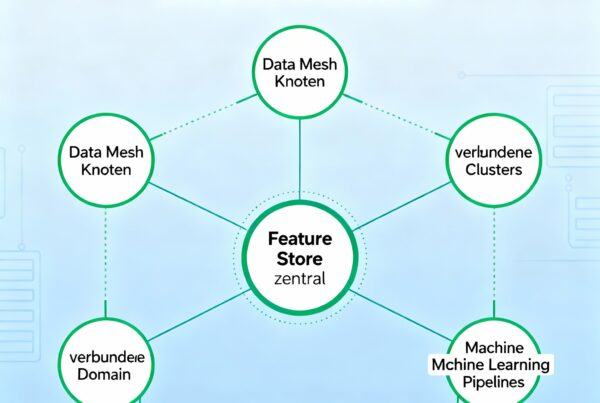When it comes to digital banking a lot of consultants and software vendors do their best to deluge the market with buzzwords like digitization, web 2.0, blockchain, big data, etc. Trying to clearly define what is meant by certain term and seperate the meaning from each other is difficult and often impossible as the terms are coined differently depending on industry, company culture and prerequisites.
At some point these buzzwords get part of the Gartner hype cycle are measured by visibility and maturity. It is startling to hear that only a small amount of these “hypes” get to a maturity level on the so-called plateau of productivity. Therefore it is no suprise that most IT authorities react rather agnostic when it comes to the newest buzzwords.
While it is not good to jump whenever a famous blogger creates a new neologism, being an old-fashioned sceptics results in an outdated IT landscape in the long-run. In fact in both cases an IT authority will loose credibility.
The answer is a clear methodology to balance digital trends and IT investments.
When it comes to spending money, you should have a clear understanding of what a term like cloud computing, SOA or bi-modal architecture means in the specific context of a certain enterprise. As buzzwords are slippery, you should be ready to get your hands dirty and deep-dive into technological aspects – otherwise the investment decision is purely based on academic discussions on products, architecture styles or buzzwords. A further step involves an analysis of what pain-points a transformation adresses. The suitability of a technology stack cannot be evaluated if the specific challenges of an enterprise remain unknown. A good advice is to collect information why a pain-point is assumed to be a pain-point by the person in-charge – this piece of information gives an hint on how to asses if measures or an IT investments contribute to relieve the pain.
 The definition of how to measure the success of a transformation is often difficult as there is no general answer to this. The dimensions are very specific for a an enterprise. It should be defined a-priori how you would a higher flexibility or reduction of complexity is measured.
The definition of how to measure the success of a transformation is often difficult as there is no general answer to this. The dimensions are very specific for a an enterprise. It should be defined a-priori how you would a higher flexibility or reduction of complexity is measured.
Examples to think of:
- higher flexibility should mean less adjustment efforts
- higher robustness shoud mean less critical errors in production
- improved business alignment might mean less design and implementation efforts






